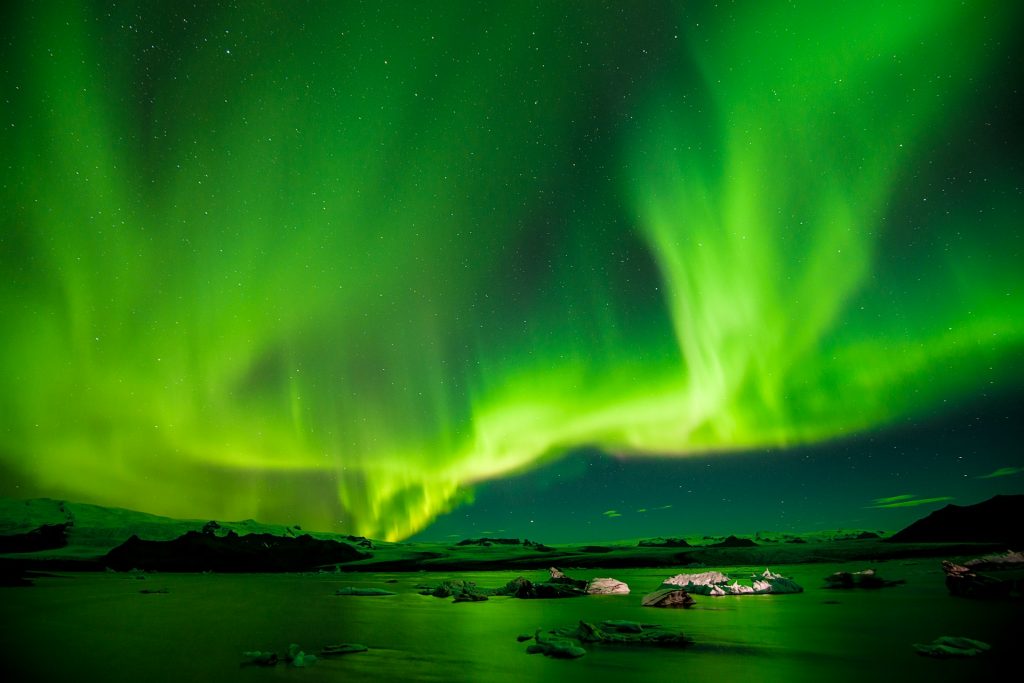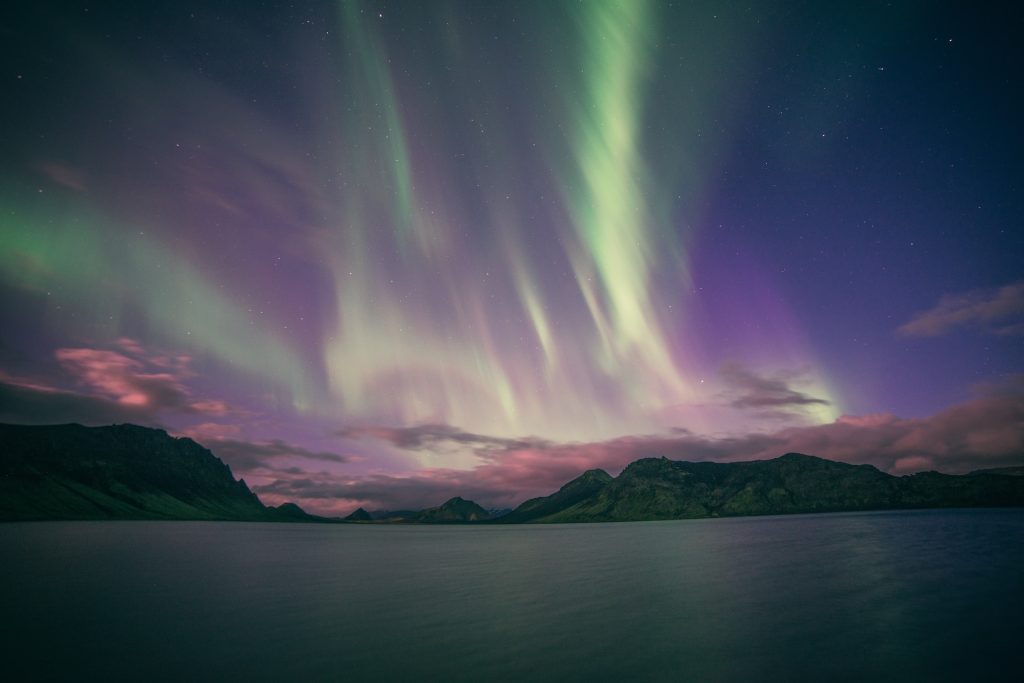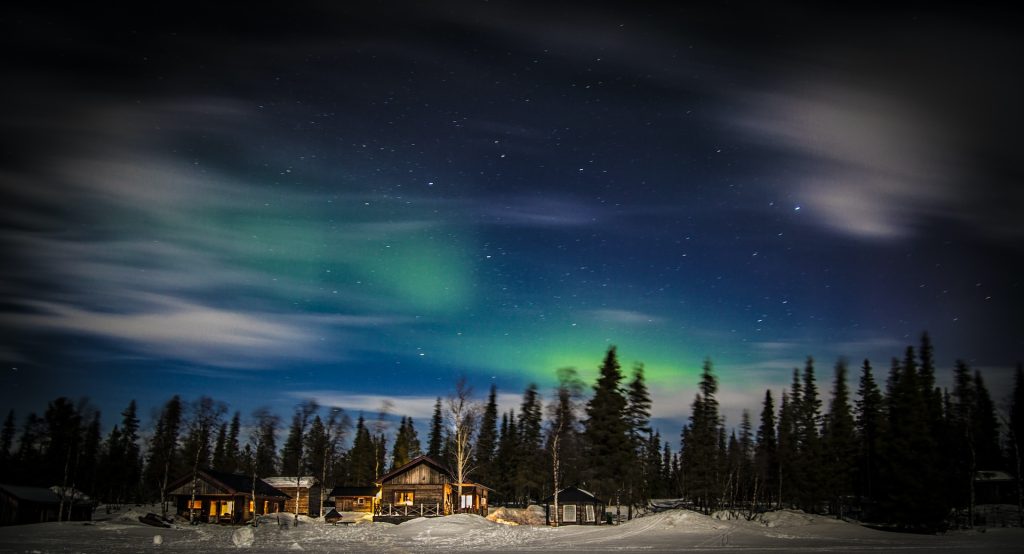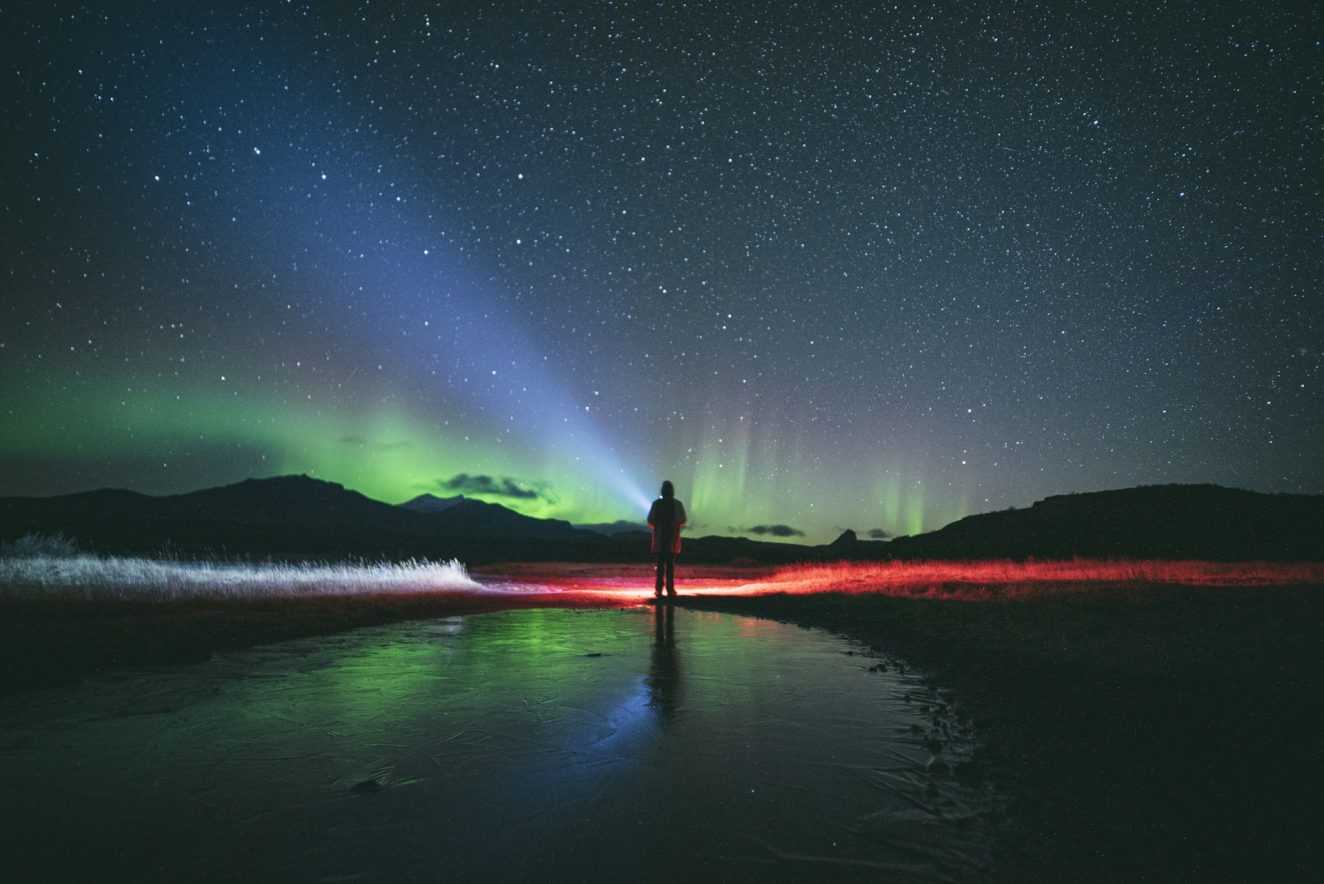In the celestial ballet that graces the polar night sky, the Northern Lights, or Aurora Borealis, takes center stage, captivating observers with its ethereal dance of colors. From mythic tales to scientific wonders, this cosmic light show has ignited the imagination of cultures across the globe. Join us on a journey as we unravel the secrets behind this mesmerizing phenomenon, exploring the science, myths, and the question on everyone’s mind – will the Northern Lights disappear?

Painting the Polar Sky
The Northern Lights, a celestial masterpiece, occurs when charged particles from the sun collide with Earth’s magnetic field. As solar winds carry these charged particles toward the polar regions, they interact with atmospheric gases, creating a breathtaking array of colors. Oxygen produces red and green hues, while nitrogen contributes purples, pinks, and blues. The result is a cosmic canvas, a swirling spectacle of light that transforms the polar night into a surreal dreamscape.
Earth’s Invisible Shield
At the heart of the Northern Lights lies Earth’s magnetic field, a powerful and invisible force that shields our planet from the solar onslaught. When charged particles ride the solar winds and approach Earth, they’re drawn towards the magnetic poles. As they enter the Earth’s atmosphere, they collide with gas molecules, releasing energy in the form of light – the mesmerizing Northern Lights.
Sunspots and Solar Minimums
The frequency and intensity of the Northern Lights are closely tied to the sun’s activity, particularly sunspots. Sunspots are areas on the sun with intense magnetic activity, contributing to increased solar flares and, subsequently, a more dazzling aurora display. Solar minimums, periods of decreased solar activity, can lead to a decrease in the Northern Lights’ frequency. But fear not, the celestial symphony isn’t disappearing; it’s just taking a brief intermission.

Mythic Tales of the Aurora
Long before science unlocked the secrets of the Northern Lights, cultures around the world wove myths and legends to explain this celestial marvel. In Norse mythology, the lights were believed to be the armor of the Valkyries, warrior maidens guiding fallen heroes to the afterlife. Indigenous peoples in North America saw them as spirits dancing in the night sky, while Finnish folklore whispered that the lights were caused by an arctic fox racing through the snow, creating sparks with its tail.
Debunking the Disappearance Myth
Rumors of the Northern Lights vanishing have circulated, causing celestial enthusiasts to cast worried glances at the night sky. But fear not, for this cosmic wonder isn’t bidding us farewell. While solar activity follows an 11-year cycle, with periods of increased and decreased activity, the Northern Lights remain a resilient celestial force. Even during solar minimums, they continue to grace the polar skies, albeit with a touch of subtlety.
The Impact on Auroras
As our world grapples with the effects of climate change, some concerns have been raised about its potential impact on the Northern Lights. While the lights themselves aren’t under immediate threat, increased pollution and changes in atmospheric conditions could affect visibility. Preserving the clarity of our view to the cosmic spectacle requires us to address climate change, ensuring that future generations can revel in the magic of the Northern Lights.

As we gaze upon the Northern Lights, we are reminded of the delicate dance between Earth, sun, and space. This cosmic symphony, with its roots in science and tales spun across cultures, continues to weave its magic in the polar skies. The Northern Lights aren’t bidding us adieu; they’re offering a timeless promise of wonder and awe. So, don your cosmic glasses, look to the polar heavens, and let the celestial symphony unfold, for the Northern Lights are here to stay, illuminating our nights with their celestial dance.





